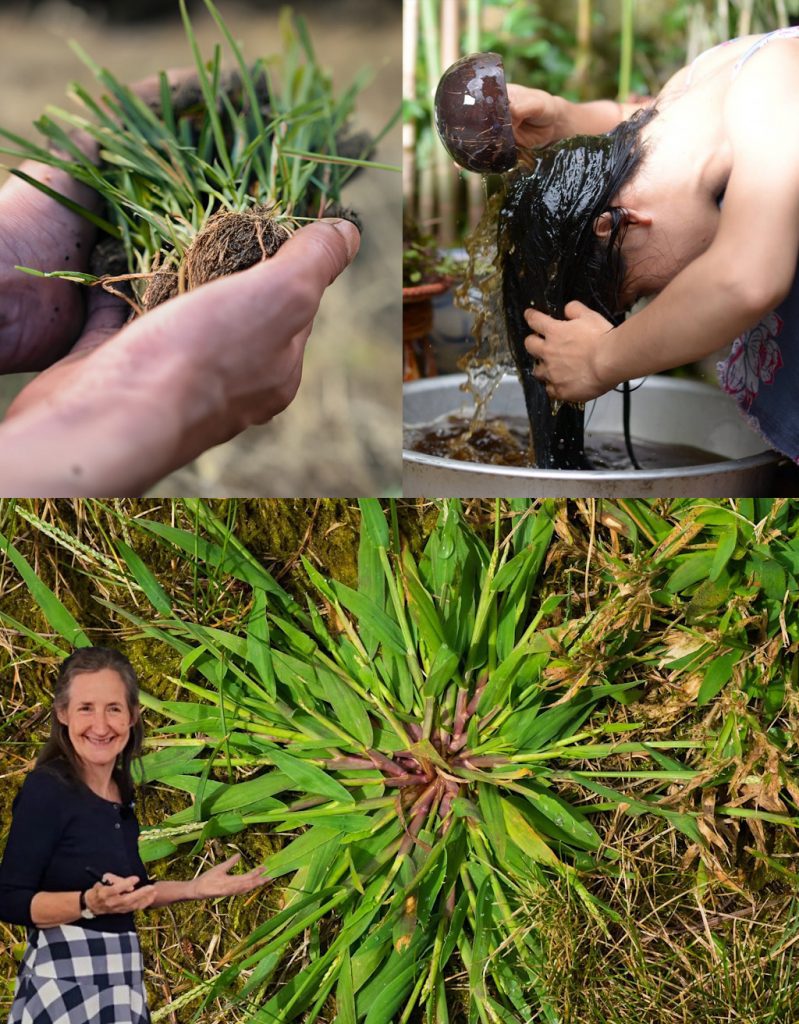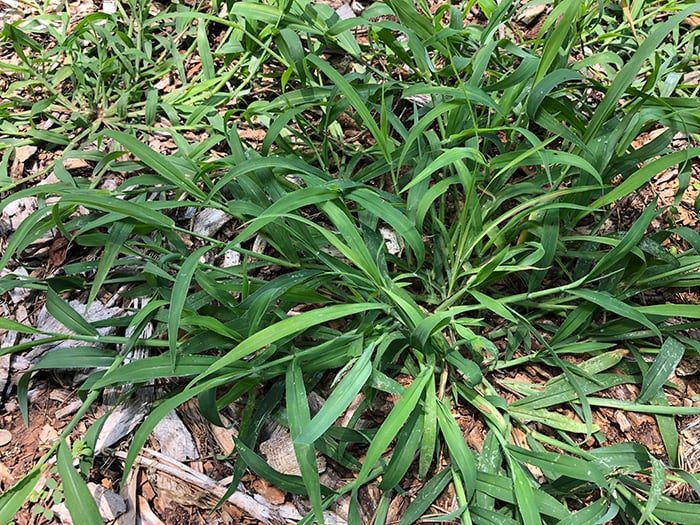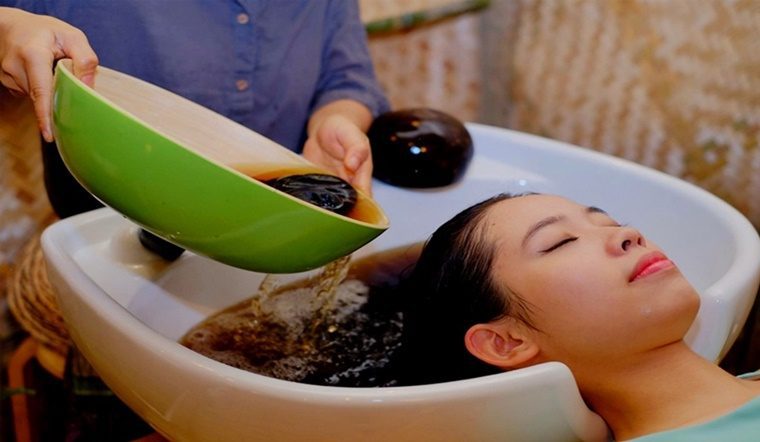The term “Crabgrass” primarily refers to common lawn and garden weeds (Digitaria species) which are generally not recognized in mainstream herbalism for hair loss.

However, the scientific name for Kodo Millet is Paspalum scrobiculatum, which is sometimes confusingly referred to as “Indian Crabgrass” or “Rice Grass.”1 Kodo Millet is an ancient grain and superfood that is widely studied and used in traditional Indian diets for its profound health benefits, including supporting hair growth.2
If you are referring to the traditional Indian use of Kodo Millet (Paspalum scrobiculatum) for hair and skin health, here is the relevant information:

The Kodo Millet Connection to Hair Health
Kodo Millet supports healthy hair growth and strength largely due to its exceptional nutritional profile, which addresses common dietary deficiencies linked to hair thinning and loss.
Key Nutrients for Hair Growth in Kodo Millet
| Nutrient | Benefit for Hair and Scalp |
| Silica | A crucial mineral that helps the body synthesize collagen and elastin, strengthening hair shafts and promoting thicker hair growth. |
| Protein & Amino Acids | Millets are a good source of protein, the essential building block of hair keratin, which reduces hair breakage. |
| Iron & Copper | Iron boosts blood circulation to the scalp, ensuring follicles receive proper oxygen and nutrients. Copper helps maintain natural hair pigmentation, slowing premature greying. |
| B Vitamins (Niacin, Folic Acid) | Essential for cell metabolism and reducing oxidative stress on hair follicles, which is vital for strong, sustained growth. |
| Antioxidants | Polyphenols and flavonoids fight free radicals, protecting the hair and scalp from environmental damage and aging. |
Traditional and Modern Uses of Kodo Millet

Kodo Millet is consumed internally to nourish the hair from the root, rather than applied as a topical paste (unlike other Indian herbs like Bhringraj or Neem).
1. Incorporating Kodo Millet into Your Diet (Internal Remedy)
The most effective and traditional way to use Kodo Millet for health is through consumption:
- As a Cereal Replacement: Use Kodo Millet in place of rice or wheat flour.3 It can be cooked as a porridge, pilaf, or used to make flatbreads (rotis/chapatis).
- Millet Porridge (Malt): A popular preparation, often called Ragi Malt (though Kodo Millet can be used similarly), involves grinding the millet into a flour and preparing a warm, nutrient-rich beverage with water or milk and a natural sweetener.
- Soaking Technique: To maximize the absorption of minerals and antioxidants, traditional wisdom recommends soaking the millet in drinkable water for 6–8 hours and then cooking it using the same water.4
2. Holistic & Detox Benefits
- Detoxification: Kodo Millet is high in dietary fiber, which aids in flushing out toxins from the digestive system.5 A cleaner body environment reduces systemic inflammation, which can, in turn, reduce inflammation on the scalp that contributes to hair loss.
- Weight Management: The high fiber content promotes satiety and helps with weight management, which is important because imbalances related to diet and obesity can negatively impact overall hair health.6
Important Note on Safety
If you encounter a recipe that advocates topical application or internal consumption of common lawn Crabgrass (Digitaria species), exercise extreme caution. Only the edible Kodo Millet (Paspalum scrobiculatum) has a history of safe human consumption and is linked to health benefits, typically as part of a staple diet.
For severe or sudden hair loss, consult a dermatologist to determine the root cause, as dietary changes alone may not be sufficient for conditions like hormonal alopecia or pattern baldness.









